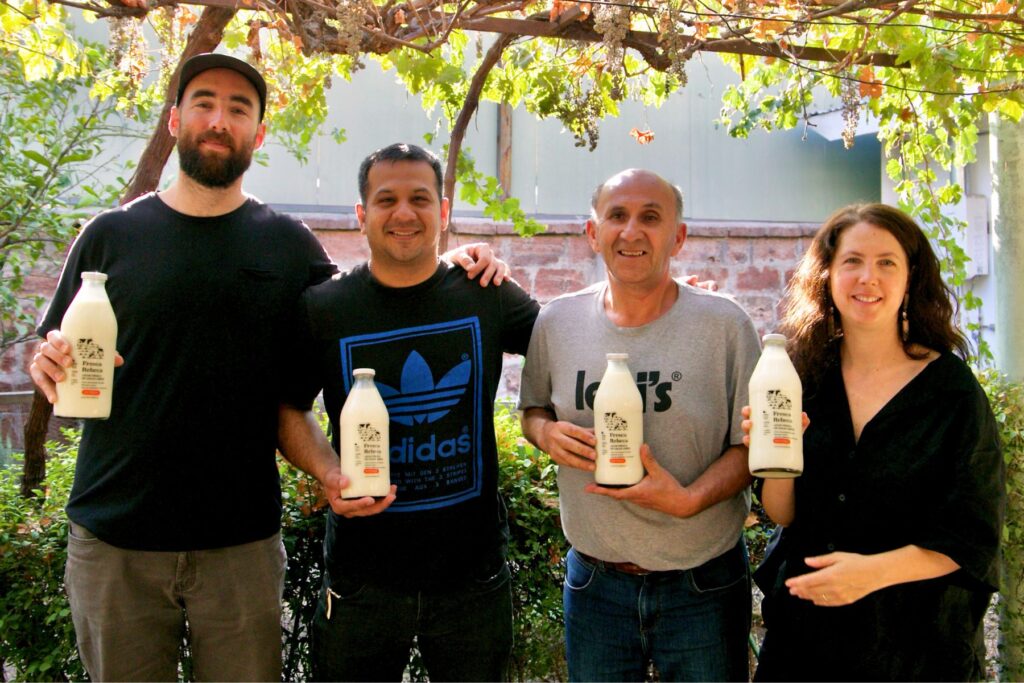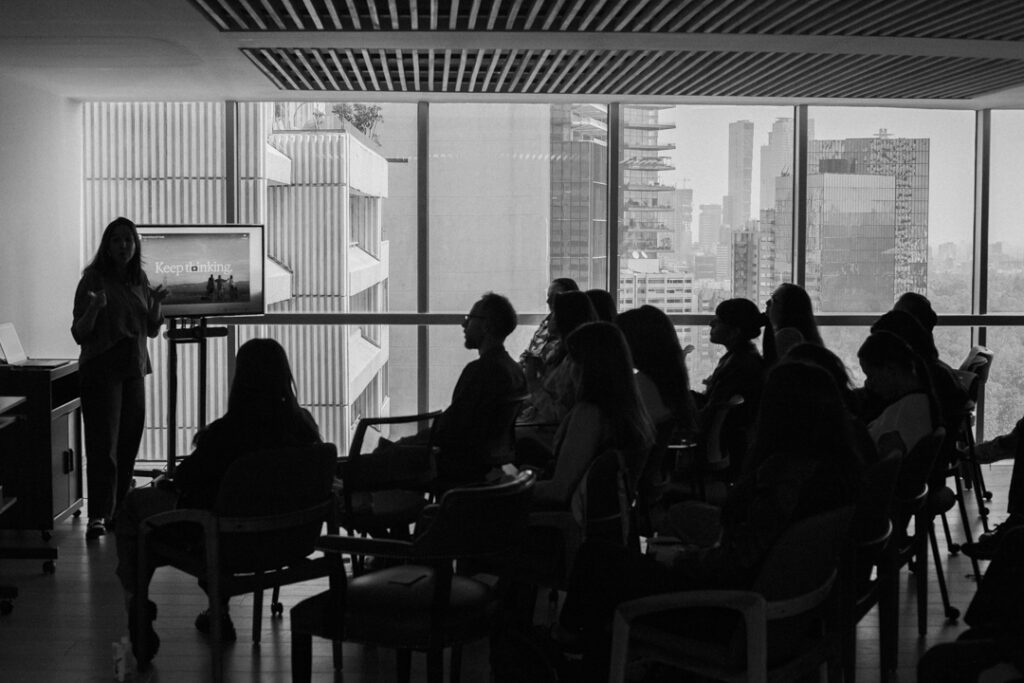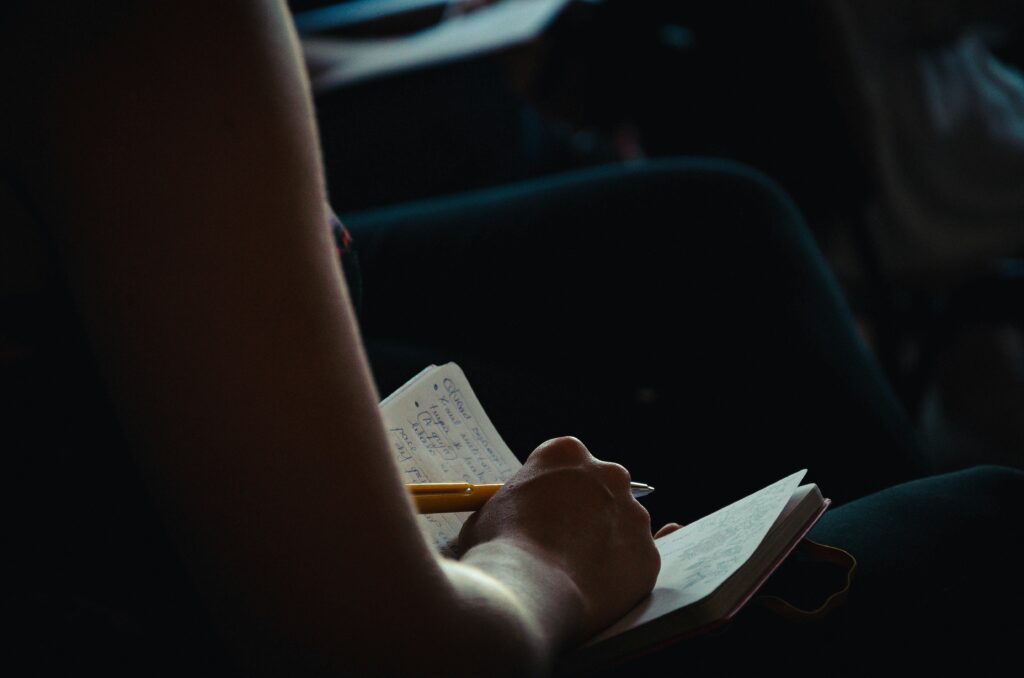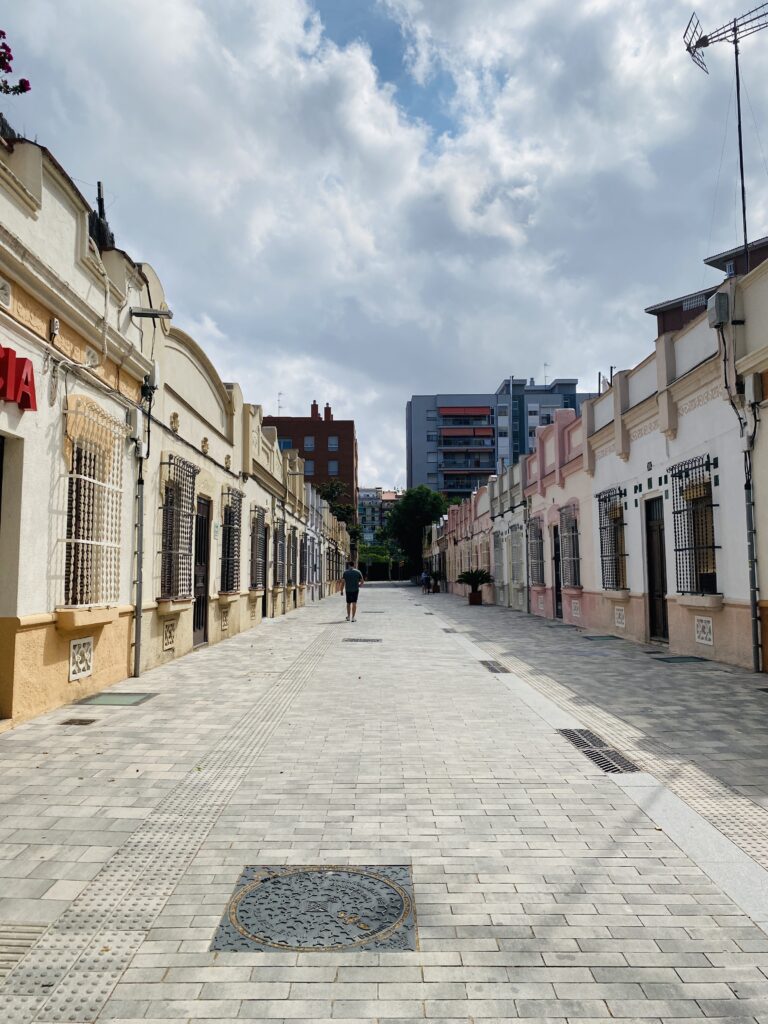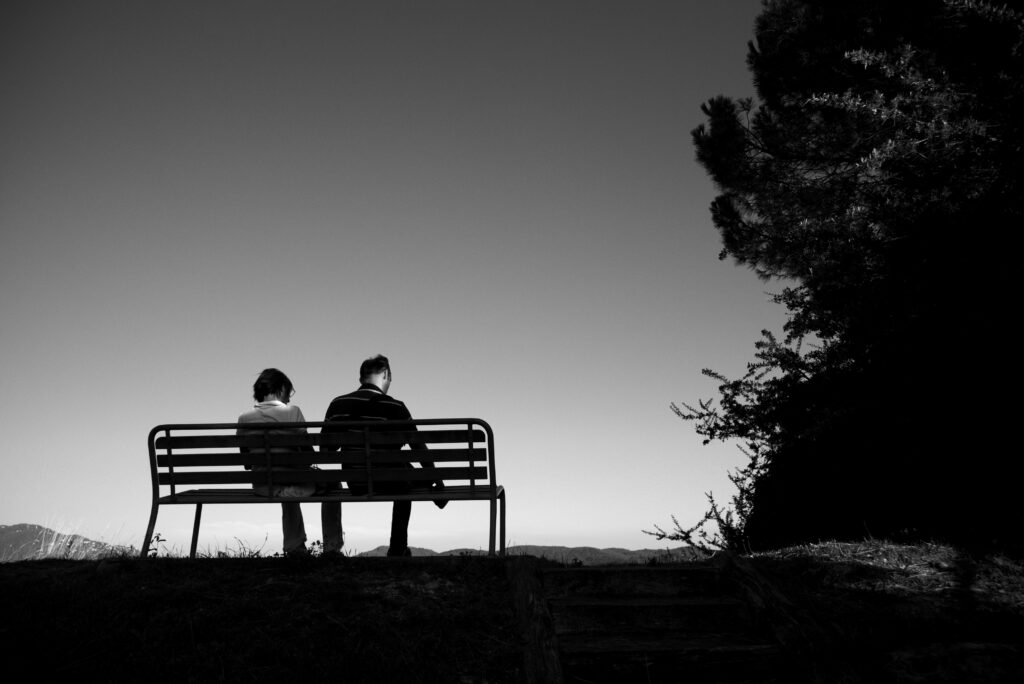As I write these words, I am reconnecting with where I was last week. 7 days ago, on a cloudy Friday morning in Lisboa, I was with 200 people wrapping up an immersive activation guided by Monika Jiang at Estufa Fria, as one of the activities from Future Days, a festival for futurists, designers, researchers, creatives, and seekers of a better tomorrow.
As a designer myself, I was familiar with the future scenario practice from my university days, but I have to say I just kept in touch with this discipline from far away these last 15 years. However, my long-term vision has come with me throughout all my career.
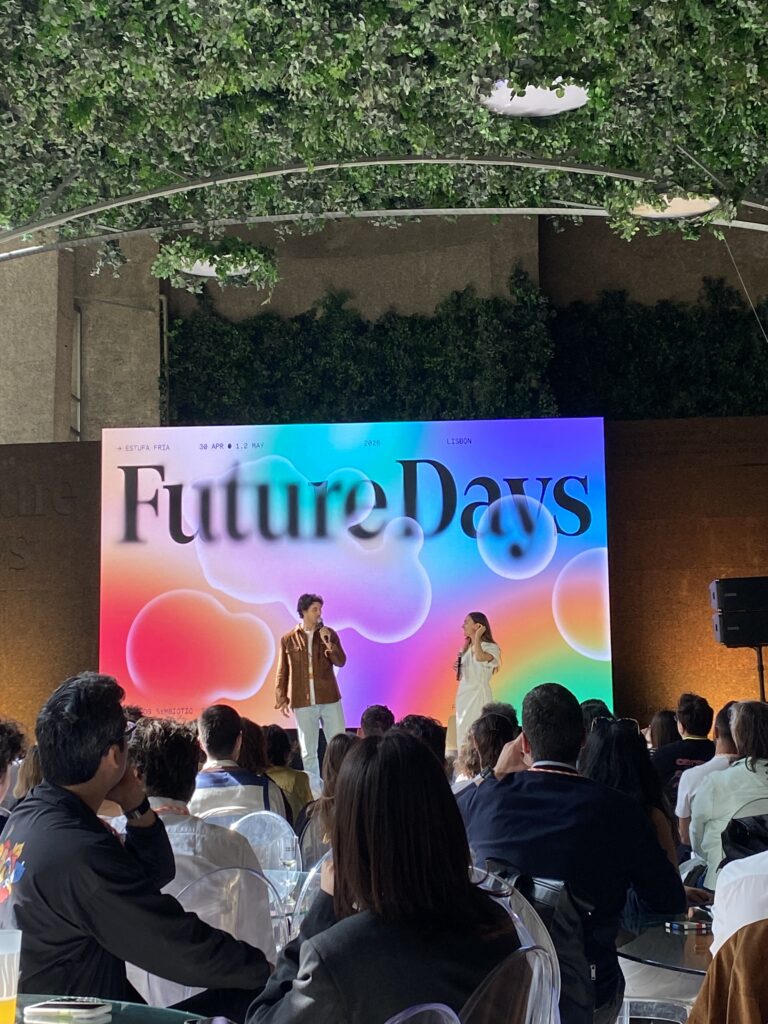
An invitation to go beyond the human approach
On the second version of Future Days, this year the invitation was to embrace the idea of symbiotic futures, how can we design for human and non-humans in this world. How many times do we take for granted what lives around us? Nature plays a key role in our existence, however our societies and cultural norms are not always built around it, or sometimes even consider it. To do things in a better way, we must welcome change, and change (such a used word these days) requires a shift of mindset, to adjust our perspectives, allowing us to consider new options, as unlikely as they may seem, open ourselves to the possibilities out there and the power of imagination.
Has our obsession with practicality brought us here?
Gem Barton’s keynote really got me. Gem is an architect, speculative specialist, author and academic at the Royal College of Art in UK. She said: “Preferable futures require EMPATHY. EMPATHY is an act of IMAGINATION & DESIGN.” In the design field, no matter what area of expertise you are working on, we have focused during the last decade on the wonders of performance, outcomes and function. Solving problems is our job, but somehow we have detached from the practice of imagining possible scenarios, where not everything has to make sense immediately, or have a transactional/functional purpose at the moment. How can we get to new solutions if we keep constraining ourselves to what is practical and expected? How can innovation happen without imagination? We have systematized, optimized and automatized almost every process we use to create. But how can we create the not-yet without imagination?
Building brands from an emotional perspective (our core in Love&Fear) has always demanded from us to work with uncertainty, because emotions do not always respond to function. If we bring imagination into the scene, it really makes me wonder about the future of communications and human connection. I believe designing brands that are resilient to the frenetic rhythm of today will require designing for the future.
Transformation with purpose
The opening keynote at the festival was an eloquent and inspiring speech from Rui Quinta, co-founder of With Company and Transformative Times. In his reflection about the role of design when shaping the future, two of his ideas have stayed with me the last seven days. The future of design is being honest. But what does honest mean today? How can we be honest designers? His talk left me with the idea of being conscious (and sometimes unconscious), being present and driven to design not just for good, but also design not to hurt. In our many discovery and design processes, do we ever ask ourselves if our ideas could hurt someone or something? Looks like we are too busy telling ourselves our projects exist to do good. Changing the order of how we see reality and life might just prepare us to create better future days.
When we design for brands, we are designing for people. Most of the content, products and services people interact with today comes from brands. This is why we take identity, strategy and insights so seriously at Love&Fear, because how we communicate and how brands communicate can have a huge impact today, but mostly in that future that we hope to create.
Slow down to see things differently
Sohail Inayatullah, UNESCO’s Chair in Future Studies, analyzed our contemporary world and the challenges of leadership when we talk about the future. Slow down, he said, seems to be something we are all looking for, but somehow we can’t seem to do when it comes to our work, lifestyles, policy making and designing. Slowing down demands from us to do things differently, to quit our auto-pilot mode and dare to go against the trends. If the future is so important, why are we not taking the proper time to build it?
Life as we know it is always changing, but apparently now more than ever. In Inayatullah’s words, the world is shifting into a new paradigm. As a society and as social creatures we are transitioning from a corporate mindset into a cooperative one. An era of radical change is expected. What can we do as designers to be prepared for this? According to Sohail, our role is to become the exception.
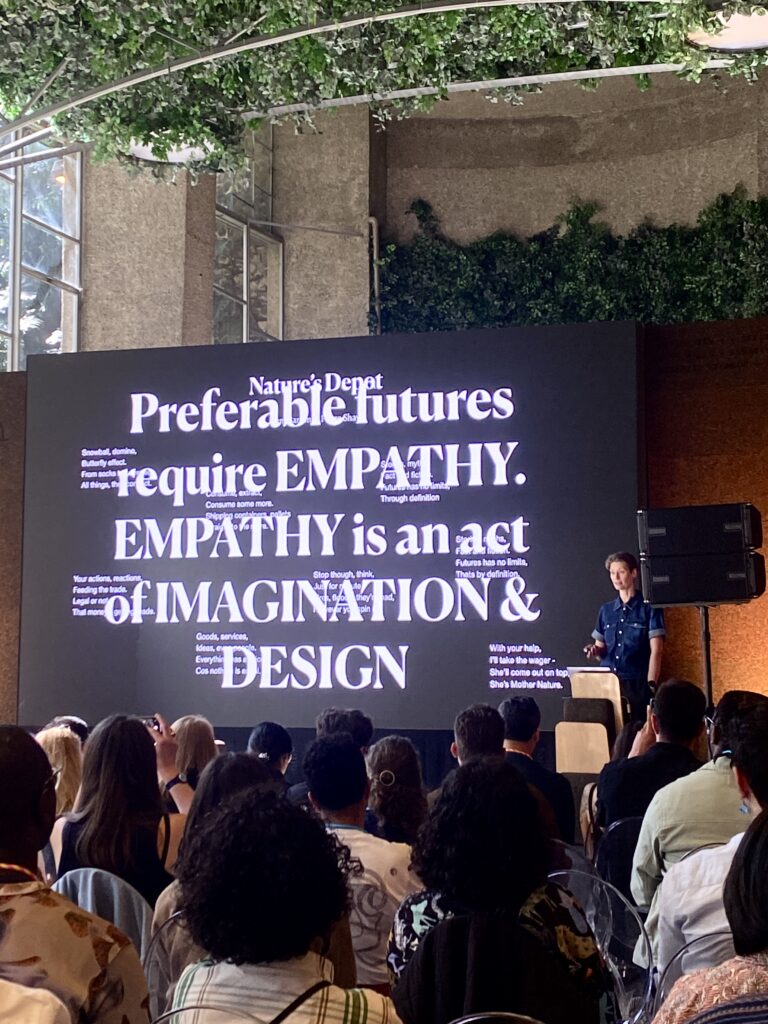
After 3 full days listening, talking and working around the future, I have come back to Barcelona for the final part of my euro trip, with 4 main lessons and invitations:
- We are all seeking for human and non-human connection.
This was my first time in Future Days, and one thing I heard from a lot of the attendees who participated in 2024 was how great the event was last year; therefore, they decided to come back because they found a great community to share thoughts, ideas and concerns about the future. Meeting in person, having meaningful conversations eye to eye, is a way not just to network, but to truly connect with peers from all over the globe. This is how true collaboration starts. In-real-life events do make a difference, because we cannot design the future in silos. Also, the venue played a key role in connecting with nature. When talking about symbiotic futures, we had the privilege to do it from one of the most wonderful places I have ever visited, Estufa Fria. Surrounded by vegetation, water and birds, the voice of nature was there; it allowed us to connect with it deeply. - We must allow ourselves to imagine and dare to doubt.
There is no data about the future, and that is okay. The best thing we do in our jobs is to ask questions, to doubt before assuming, and question the obvious, because most of the time it is not that obvious at all. We cannot measure what hasn’t happened yet; that doesn’t mean we shouldn’t pursue it, create it or design it.
“If it doesn’t sound ridiculous, it’s not ambitious enough” – Gem Barton.
“If you can think it, it’s too late.” – Simon Höher. - We must learn the unknowable.
Uncertainty is an opportunity to change the way we learn. The future does not live in the known; it lives in the unknown. How to design from uncertainty? How can we guide brands, businesses and institutions through the fog of the unknown? We must re-learn what we have learned so far, and how we have learned it. Maybe, as Simon Höher mentioned, we should design doubts, instead of answers. - New words allow new worlds (quoting Gem Barton).
Finally, but not least, I’ll grab some more lessons from Gem and think about language as more than a system of communication, but as a system of thought. Words are a door to think and understand the world. How we think with them and how we use them has a direct impact on the future we are building. And if we don’t have the right word yet for that future, we should be able to imagine it and create it.
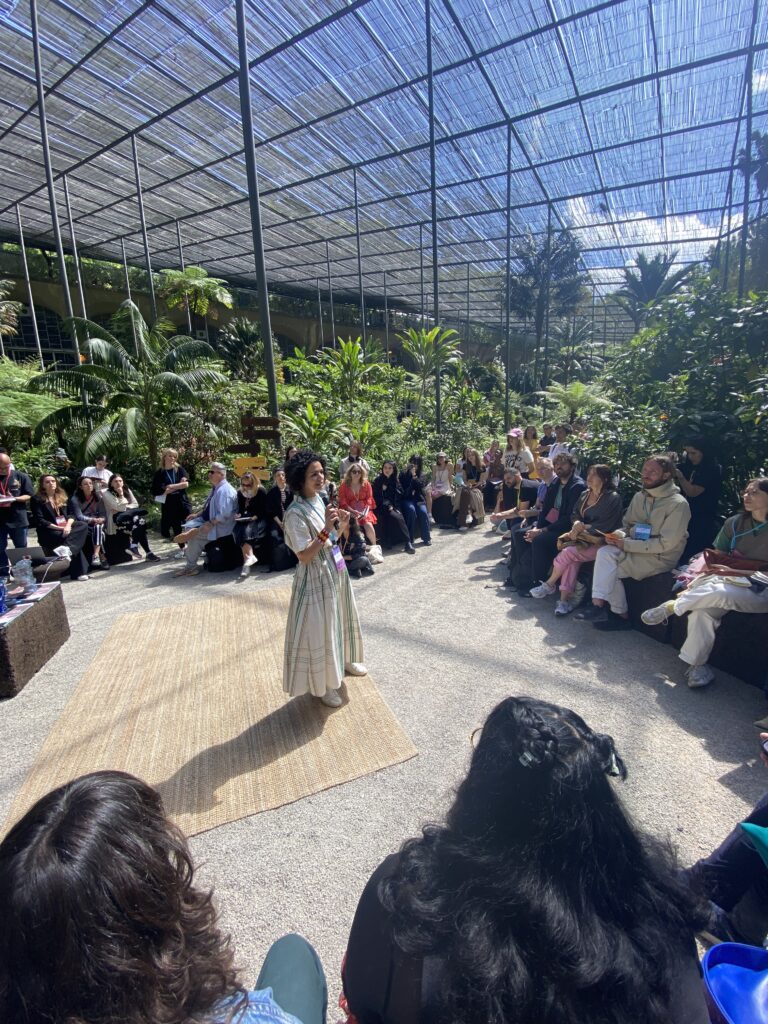
I am looking forward to putting into practice all these insights and thoughts in every present and future project in the studio, sharing them among our collaborators, friends and clients. I believe brands also play a part in envisioning the preferable futures ahead. From now on, Love&Fear will not only be connecting ideas and people, but today with a better tomorrow.
